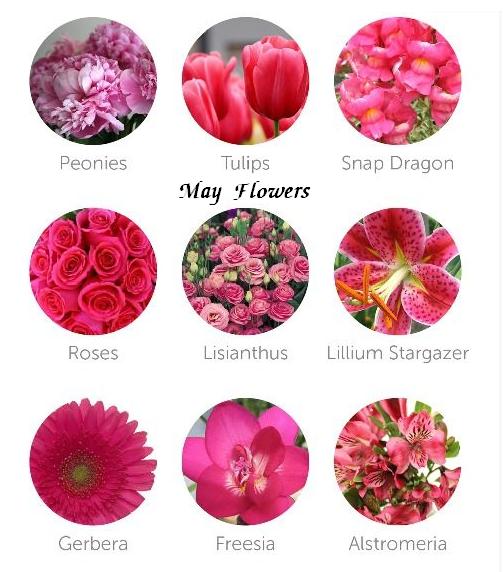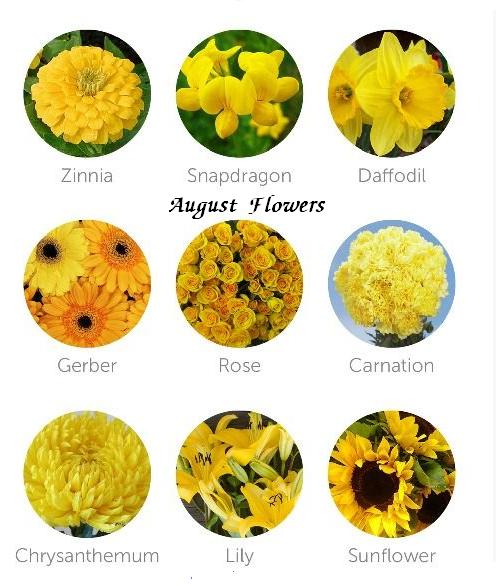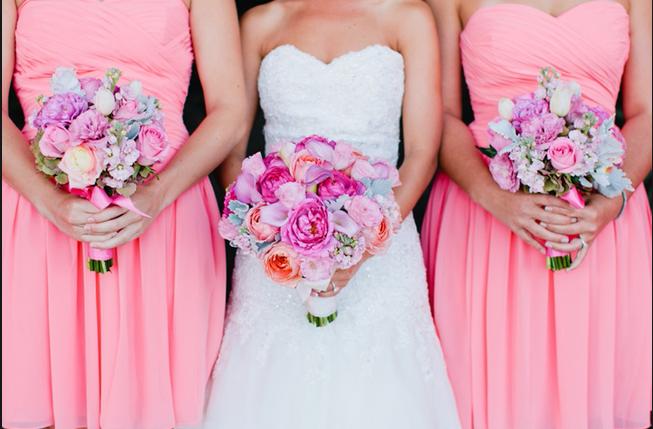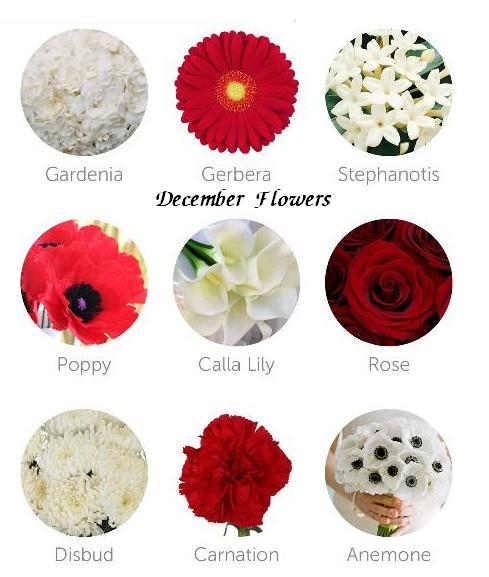Have you ever been stumped on which flowers are in season, or more specifically, what’s best in bloom for the month? Don’t go floral shopping for large events, such as a wedding, without the monthly flower guide below. Otherwise, you may find yourself paying big bucks for flowers that are out of season, or running around from shop to shop trying to find your favorite flower.
One of the key pieces of advice to listen to when it comes to wedding flowers is making sure to shop for the season and think locally. At Team Wedding we tell all the brides we know to focus on their wedding season and think about which flowers are going to be freshest and available locally. That maximizes the chance that your flowers will be fabulous.
Spring Wedding Flowers: Spring brides have lots of options. There are a variety of seasonal flowers available during this time. They are typically defined by bright, cheerful flowers in a vast array of pretty pinks, perfect purples and brilliant blues.
For spring wedding flowers, focus on the following; apple or cherry blossoms, Daffodils, Dogwoods, Forsythia branches, Hyacinths, Hydrangeas, Iris, Larkspur, Lilacs, Lilies, Lily of the valley, Lisianthus, Mini Calla Lily, Pansies, Peonies, Roses, Sweet peas, Tulips.
Choosing Flower Colors for Your Wedding Décor
Color theory can be a pretty large subject to cover and isn’t really necessary to determine what colors to use for your wedding. Although, a little color theory understanding couldn’t hurt! There are also several sites on the internet that can help with combining colors.
When studying color theory, there are lots of terms used that probably need a little explaining. I’m thinking specifically of tones, tints and hues.

Pure color is referred to as a HUE. The primary colors of red, blue and yellow are each a HUE. Variations of hues are created by adding black, gray or white to them. White will lighten a color and produce a “tint” of the original color, for example, if you add white to red you will get a shade of pink which is a tint of hue color red. Black darkens a color by producing a “shade”; again, using the hue color of red, when you add black to it you produce the shade Maroon. When adding gray to a hue color, you create a “tone”, therefore, when you add gray to the hue color of red, you will get a tone color of rose.

You can also mix primary colors together to get what are called Secondary Colors. And, so as not to leave out an important term here, we also have TRIADIC color. If you are creating a triadic color scheme, you are using three colors that are equally spaced apart on the color wheel. Triadic color harmonies can be equally spaced tones, tints, shades or hues. The primary colors are an example of three equally spaced colors on the color wheel (red, blue and yellow).

I love to think in terms of tones, tines and hues when working with flowers and picking colors to coordinate with the bridal party attire. Now, all that being said, I always say, in the end, this is a personal preference; what colors do you like, what colors are appealing to you, what colors make you feel good, what colors look good on you, what colors look good on your bridal party, what colors coordinate with the reception décor.

Let’s look at some examples of mixing and matching colors. For a while, it seemed like every other wedding I was doing revolved around the color red. Now, there are lots of shades of red. Red is a primary color, and based on our example above shades of maroon all the way to pink are in the red family. So I did have many brides who wanted to use red flowers with their red dresses.

I ALWAYS ADVISE AGAINST THAT! Because red on red becomes nonexistent…..the red flowers blend into the red dresses. There is a way around that if you use different shades of red against red. For example, bright red flowers against a maroon dress will show up. The other option is to use some greenery or another flower color mixed with the red to get a contrast.

Month of March is a lot of purple, really dark purple, like an eggplant color of purple, which I LOVE because purple is MY favorite color. So again, if you use the exact same shade of purple against purple the flowers will be lost because they will blend into the dress. However, you can use lavender or blue which are in the same family (all originating from the primary colors of blue and red). When you mix blue and red you get purple. I can’t think of any color that doesn’t look good with purple. But different combinations of colors will evoke different feelings and looks.

Some of my favorite combinations of flowers are bright shades of colorful flowers. But, I can also really enjoy soft and subtle shades of flowers like peach, ivory, pale pink and soft green mixed together.
Summer Wedding Flowers: Summer weddings make us think of evoke clear skies and warm sunny days filled. The smell of summer wedding flowers and their fine yellows, gorgeous greens and purple hues make us love this time of year.
The best summer wedding flowers include Anemone, Asters, Button Chrysanthemums, Calla lilies, Cymbidium Orchid, Dahlias, Daisies, Delphinium, Freesia, Geraniums, Hydrangeas, Iris, Jacobs ladder, Larkspur, Phalaeonopsis Orchid, Queen Anne’s lace, Roses, Shasta daises, Spider Chrysanthemums, Stock, Sunflower, Viburnum, Zinnias.

Fall Wedding Flowers: Fall weddings are so romantic and the change of season has us all smitten. Fall wedding flowers consist of rich reds, dark oranges and vibrant yellows. Rich fall bridal flowers really capture the warmth and beauty of the season.
Fall flowers in bloom include Asiatic Lily, Asters, Calla Lilies, Chrysanthemums, Dahlias, Gerbera daisies, Gladioli, Marigolds, Roses, Sunflowers, Zinnias.

Winter Wedding Flowers: The cold winter air, the fireplaces crackling and the smell of snowy perfection. Couples can capture the beauty of the winter season with winter wedding flowers that are dramatic whites and rich reds or a combination of both.
In season winter wedding flowers include Amaryllis, Anemone, Camellias, Casablanca Lilies, Forget-me-nots, French Tulips, Gardenias, Holly, Jasmine, Orchids, Mini Gerberas, Narcissus Paper Whites, Poinsettias and Roses.
Pretty in Pink
I don’t often worry too much about the reception site décor, but sometimes you have to because the décor colors are so in your face. You will have to decide for yourself whether you need to keep the reception site color scheme in mind when determining what color flowers to use for your wedding. I think it is more important to match the dresses and flowers and continue with whatever color scheme you have chosen for the guest tables and church décor.
Again, I will say, in the end, whether you understand color theory or not, the only thing that really matters is that YOU like the colors you have chosen to use for your wedding.










You must be logged in to post a comment.